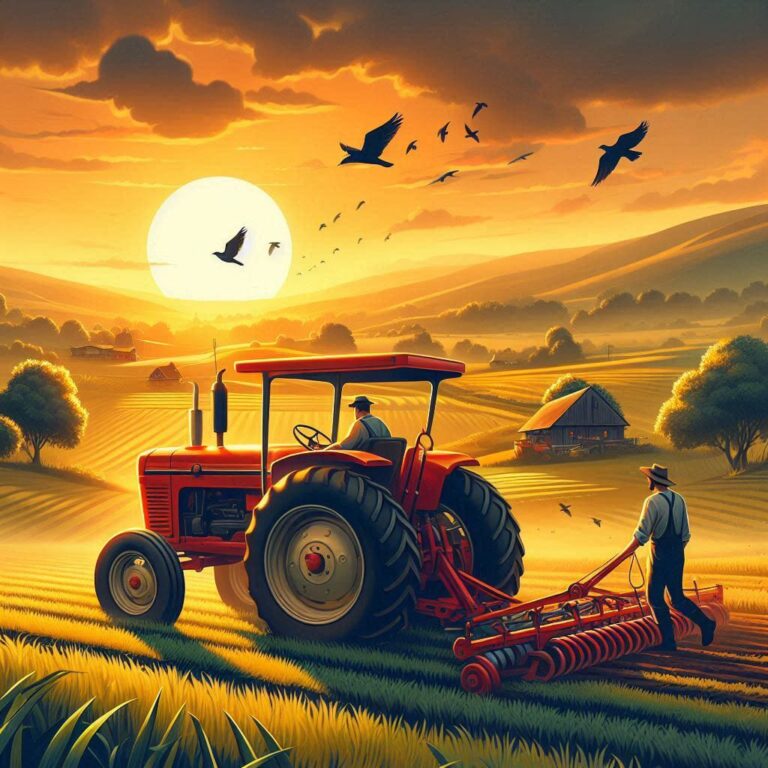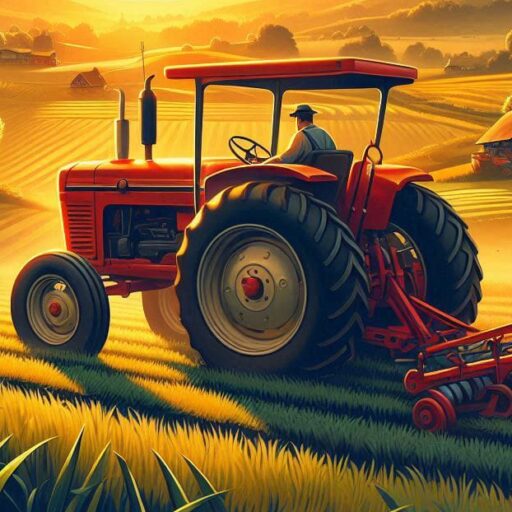AGRON – 111 : Fundamentals of Agronomy
Weeds – importance, and its classification
Weed – Any plant not sown in the field by farmer is out of place called weed.
Weed is an unwanted plant growing where it is not wanted & it is extremely noxious, useless and
poisonous.
First person to use the term weed is ‘Jethro Tull’
Characteristics of weeds…
- Weeds have high reproductive capacity.
- They thrive well under adverse climatic condition.
- They have morphological similarities with associated crops.
- They can protect themselves from animal and human being.
- They are harmful to crops, cattle and human being.
- Weed seeds have similarities with crop seeds.
- Weeds have competitive in nature. Etc.
Importance of weeds
- Constant source of new genes
- Saccharum spontaneum is a wild cane used in breeding.
- Fodder value
- Cynodon dactylon
- As leafy vegetables, Amaranths and Celosia.
- As Green manures – Tephrosia
- Have medicinal value
- Leucas aspera – snakebite
- Phyllanthus niruri – jaundice
- Calotropis – for gastric troubles
- Argemona mexicana – skin disorders
- Imperata cylindrical – thatching
- Cynodon for soil conservation.
Losses due to weeds
- Weeds compete with crop plants for resource like light, moisture, nutrients.
- Weeds cause reduction in crop yields. Among the annual agriculture loss in
India. Weeds accounts for 45%, insects 30%, diseases 20% others 5%. - Weeds increase cost of cultivation.
- Weeds are alternate hosts for crop pests and diseases.
Classification of weeds
A) Based on Life cycle.
B) Based on Habitat or place of occurrence.
C) Based on Dependence on other hosts.
D) Based on Soil type.
E) Based on plant family.
A) Based on Life cycle –
- Annual – weeds complete their life cycle within a year. In kharif season or in winter season.
Ex. Aghada, Hazardana etc - Biennial – weeds require two years for completion of their life cycle.
Ex. Wild carrot etc. - Perennials – weeds continue their life cycle for years together.
Ex. Lavala, Hariyali etc.
Crop weed competition, concepts of weed management principles and methods
Critical period of crop – weed competition
It is the period of crop growth during which weeds cause great loss to the crop and
this is the period during which the crop has to be maintained in a weed free
environment. Weed competition is severe in early stages of crop growth. Generally
crops must be maintained weed free during the first 1/3rd period of life cycle.
Weed management- Principles and methods
Weed Management refers to how weeds are manipulated so that do not interfere with the
growth, development and economic yield of crops and animals.
Principle of weed Management –
There are four Principle of weed management –
Weed control: Refers to those actions that seek to restrict the spread of weeds and destroy or
reduce their population in a given location. The effectiveness of weed control is affected by
i. Type of crop grown
ii. Timing of weeding operation
iii. Nature of the weed problem
iv. Methods of weed control available to the farmer
v. Type of weeds to be controlled
vi. Cost of the operation
vii. Available labour or cash resources
viii. Environmental condition before during and after the time of operation.
Weed prevention: This refers to the exclusion of a particular weed problem from the system that
has not experienced that weed problem. It involves those measures necessary to prevent the
introduction of new weed species into a given geographical area as well as the multiplication and
spread of existing weed species.
It includes the following:
Fallowing
Preventing weeds from setting seeds
Use of clean crop seed for planting
Use of clean machinery
Controlling the movement of livestock
Quarantine laws service.
Weed eradication: This involves complete removal of all weeds and their propagules from a
habitat.Eradication is difficult to achieve in crop production and uneconomical. However in
situations where weed problem becomes so overwhelming, eradiation may be desirable in long
term goal. E.g. Strigaasiatical, S. hermonthica. Eradication may be considered if :
i. Other weed control methods are ineffective
ii. Weeds have many buried seeds that cannot be controlled by conventional practice.
iii. The infested field is small
iv. Benefits from eradication outweigh those of the alternate methods for copping with weeds.
Methods of weed control: –
1. Physical methods
a. Tillage
b. Hand pulling
c. Hand hoeing
d. Inter culture
e. Flooding
f. Flaming
g. Mowing
- Cultural Method –
a. Crop rotation
b. Date of sowing
c. Plant density
d. Planting pattern
e. Methods of fertilizer application
f. Selection of quick growing varieties
g. Dab system
h. Mulching
i. Irrigation management
j. Soil solarization.
3. Chemical methods –
Herbicides are the chemicals used for weed control and which suppress or destroy the growth of
weeds.
4. Biological methods: – This method is an effective, environmentally safe, technical
appropriate, economical viable and socially acceptable methods of weed management.
ex- Insects, Plant pathogens, Duck, fish etc.
5.Integrated weed management
a. This method is more effective because the left over weeds with one methods can be
controlled with other methods. So this methods helps in reducing seed bank status in
the field.
b. Many problems such as shift in weed flora, development of resistance in weed plants
etc. can be avoided.
c. IWM approaches are environment friendly as farmers should not entirely depends on
herbicide.
d. No danger of herbicide residue in soil or plant.
e. It is very suitable for high cropping intensity.
UNIT –6 Growth and development of crops, factors affecting growth and development.




Pingback: Fundamentals of Agronomy | B.Sc. Ag 1st Semester Notes